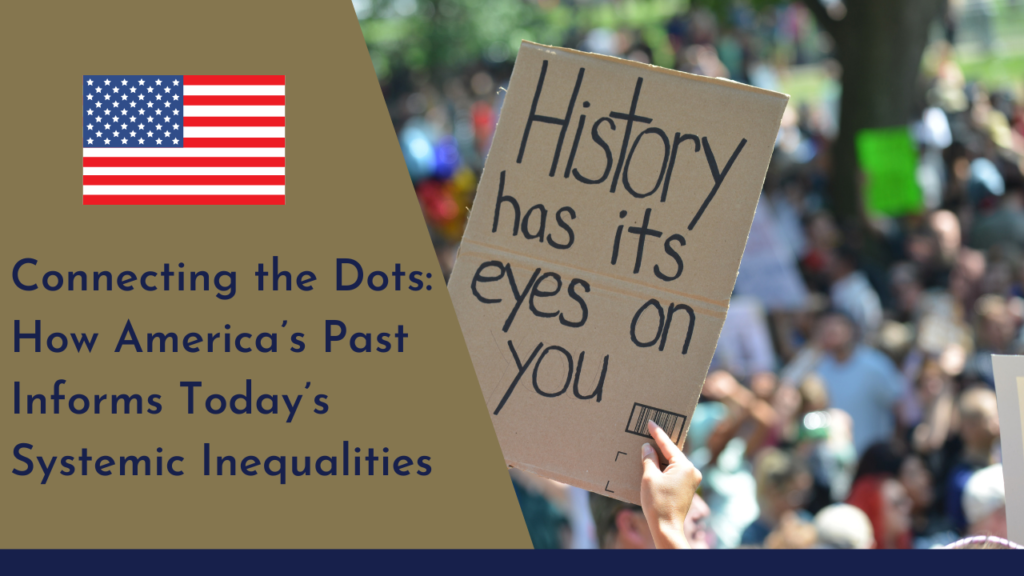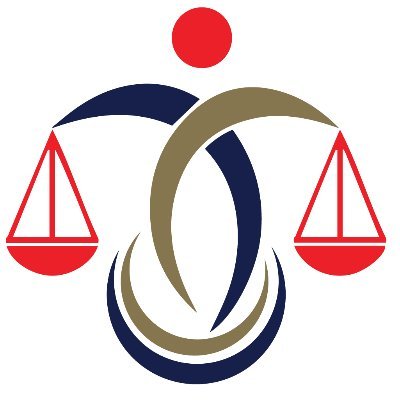
Understanding racism and other forms of bias in the United States starts with understanding our history. It’s disturbing how the United States’ historical events and policies have contributed to the development and continuation of systemic racism and biases we see today; we are still dealing with the lasting effects of slavery, Jim Crow laws, and redlining on communities of color.
Throughout our history, civil rights leaders and activists have fought against racial injustices. Their actions have helped to shape the social climate we live in today. We can learn so much from their struggles and triumphs, and it can inspire us all to take action against biases and discrimination. And the good news is, there has been progress and positive change in the fight against racism and biases. We should celebrate the successes and empathize with the challenges of the past. This can give us hope for the future and motivate us to continue working toward equality and justice for everyone.
I believe it’s essential to have a working knowledge of the history and context of American society. From the very beginning, from colonization to the present day, American history is filled with examples where Black and other racial, ethnic, and cultural groups, women, LGBT+, those with different religious beliefs, and other marginalized groups have been systematically oppressed or excluded from certain rights and opportunities. When we’re examining racism in America, we really need to consider how different systems of power have been established – both intentionally and unintentionally – throughout our nation’s history.
It’s disappointing how historical inequalities like slavery, segregation, and systemic racism have had such a lasting impact on Black, Native, Latinx, and Asian communities in the United States. These injustices have resulted in huge disparities in education, employment, wealth, and health outcomes, which continue to this day. Black Americans are disproportionately more likely to live in poverty, experience police violence and brutality, and face discrimination in housing and employment. And it’s not just Black Americans – Native Americans, Latinx, and Asian Americans also experience similar forms of discrimination and inequality. These ongoing injustices reinforce a cycle of disadvantage, limiting opportunities for upward mobility and perpetuating systemic inequalities across generations.
There are still laws that benefit some people more than others because of their race or economic status. If we can understand the historical factors that led to these continued inequalities, we can better comprehend why disparities in access still exist today. We should explore topics like slavery, Jim Crow, Juan Crow, Native American history, gender inequality, redlining practices, and mass incarceration, just to name a few, so we can understand how they shape our present-day understanding of racial injustice. Also, learning about civil rights movements like that of the Black Panthers gives us further insight into how marginalized groups were able to organize for system change.
And don’t forget about white privilege. By looking at how it has impacted social norms in this country, we can become more aware of how our own preconceived notions might contribute to perpetuating inequality. A solid grasp of American history allows us not only to recognize structural barriers that have existed for centuries but also helps us identify proactive steps to take toward dismantling them. Our efforts to create a society that doesn’t limit opportunities for some start by recognizing past atrocities and working collectively toward building a stronger and better United States of America.
#thepastinformsthepresent #DEI #americanhistory
#rootsofsystemicinequalities #TheEquityAllianceGroup #wecanallwin
#pieforeveryone #equality #inclusion #diversitymatters








Comments are closed